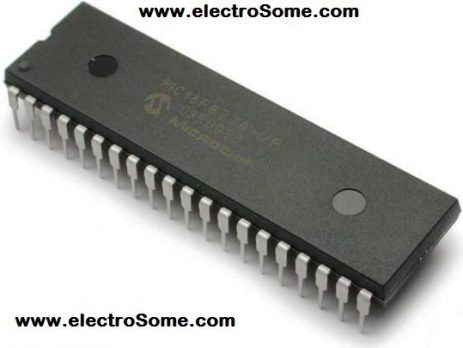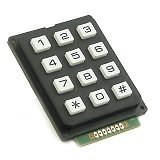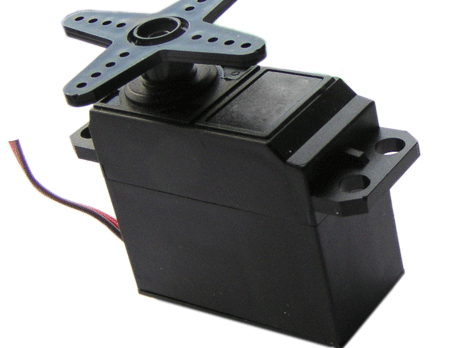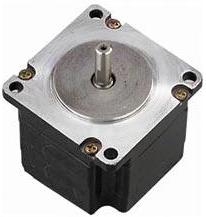PIC Microcontroller Tutorials, MikroC, Proteus Tutorials comes under this category. Starts from LED Blinking. IO Port Expansion Stepper Motor Servo Motor DC Motor Interfacing LCD Interfacing
PIC to PIC Communication using UART
Introduction PIC to PIC communication will be needed in some embedded applications. We have two options to transmit data through transmission lines. Parallel Transmission Serial Transmission Parallel Transmission Parallel Data Transmission In parallel communication an entire byte of data is transmitted at a time. That is each bit has dedicated line. Thus for 8-bit data transfer we need 8 dedicated lines as shown above. Serial Transmission Serial Data Transmission In Serial Transmission only one bit of a byte is transmitted at a time. There is only one communication line,...






